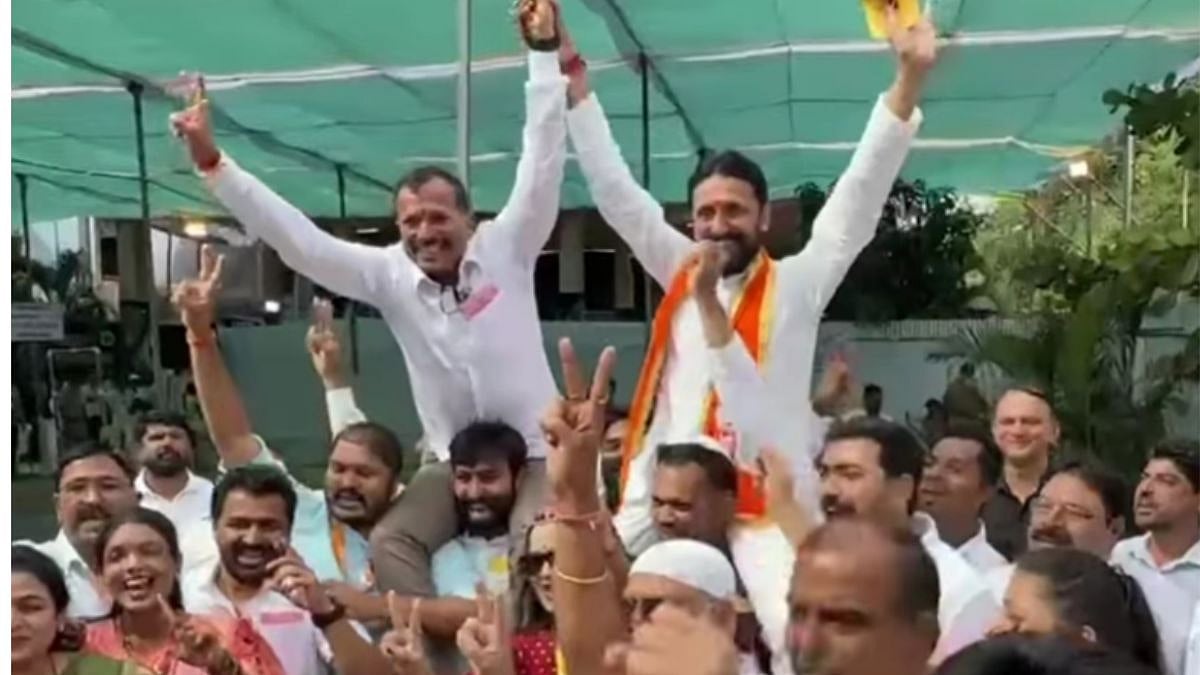Nero fiddled while Rome burnt. Our `netas’ are no better. As high-rise after high-rise and hospital after hospital go up in flames, they are busy blowing their own trumpets, trombones, and `tutaris.'
In Maharashtra, a fire in the very seat of power, Mantralaya, failed to jolt three consecutive CMs into action. Ten years after the inferno that gutted four floors of the secretariat, killing five people, the state is still unprepared. Pulled up by the Bombay High Court on Monday for having "wholly failed" to justify its "complete inaction" over fire safety draft rules framed in 2008, the state came up with a ludicrous explanation
In a reply that makes Nero look naive, the state government came up with this classic. It said that the 2012 fire at Mantralaya had destroyed the file and rendered a follow-up on the draft regulation difficult; tacit admission that Maharashtra’s fire plan had literally gone up in smoke! To this, the court retorted that notwithstanding the fire, the state didn't find it difficult to come up with the 2034 Development Plan. Adding to the ] embarrassment, it came on the eve of the National Fire Service Week, April 14 to April 20.
As it is, India has the dubious distinction of logging every fifth fire-related death in the world. This came out in a 195-nation analysis by Global Diseases Burden published in the BMJ Injury Prevention journal. It said that India recorded 27,027 of the 1.2 lakh fire-related deaths reported globally in 2017. The National Crime Records Bureau, which compiles all deaths due to accidents, presents a less alarming picture. According to it, fire accounted for 2.6 per cent of all accident-related deaths in 2019. A total of 10,915 people died in fires that year in 11,037 incidents, 58 per cent of which were in homes.
Fire safety in homes has figured recently in the Supreme Court as well. In 2018, the apex court had sought a response from all state governments on a PIL alleging a flagrant violation of fire safety norms specified in the National Building Code-2016 by builders. The petitioner, a non-government organisation called United Human Rights Federation, had also alleged that there appeared to be a collusion between authorities and developers in the grant of fire safety clearance. These mild queries don’t amount to much. However, a rare judgment in such cases is the one regarding the 40-storey Supertech twin towers in NOIDA that are to be demolished next month. Again, going by `concrete’ evidence, this `trial by ire’ has limited utility.
In Monday’s dressing down, the Bombay HC too had harped on the need to include special provisions relating to fire safety under the National Building Code (NBC) in Maharashtra’s Development Control Rules. The NBC stipulates a slew of safety measures such as high-speed lifts with backup power supply in skyscrapers exclusively for firemen. The NBC specifies how many exits should be provided in a particular kind of building and where they must be placed. Twenty-five years ago, 59 people died of suffocation in the Uphaar Cinema hall fire in Delhi because the escape routes had been blocked.
Let alone learn from this, we have not made even our hospitals safe. Last year, Maharashtra witnessed six hospital fires in which 55 perished, including newborns and Covid patients. Admonishing the state government, the HC had said that it did not want hospitals turning into potential “Jatugrih/ Lakshagrih” — a house made of wax through which the Kauravas attempted to eliminate the Pandavas during their exile.
The first stage towards a fire-safe building is to use fire-resistant/retardant materials and install smoke detection/fire alarm systems. In the fire at Tardeo’s 20-storey Sachinam Heights, where nine perished in January, the lid of the electrical junction box where the fire originated was not fire-resistant. The fire-fighting system of the building itself was out of order. For that matter, neither the sprinklers nor the fire hydrants at Mantralaya worked in 2012.
The NBC makes fire compartmentalisation (area/floor wise) mandatory to restrict the spread of fire through horizontal and vertical spaces. A fire on the 12th floor of the 26-storey Mont Blanc building at Kemps Corner in December 2013 was restricted to the same floor, thanks to the proper insulation of the utility ducts which otherwise would carry hot air upwards, causing a flash fire in the higher floors. Yet, seven people died in the incident; two from burns and five from suffocation.
A key requirement in a building over 30 metres high is an underground water tank and an overhead water tank connected by a pipe that runs through the building (wet riser) and has hose pipes on each floor. However, in most fires, it is found to be unusable because of a lack of maintenance. According to the Mumbai fire brigade, of the 324 fires reported in the city’s high-rises between January 2020 and October 2021, as many as 127 buildings did not have an operational fire fighting system. When the internal fire-fighting mechanism in high-rises fails, firemen have to lug 150 kg pumps and install them on every tenth floor to train water jets at the fire.
The use of modern technology can go a long way in managing fire risks. Artificial Intelligence has been used in risk assessment. IoT and Blockchain are used to automatically send alerts when risks are detected. However, most people who live in high-rise flats worth crores loathe spending on basic fire-fighting gadgets. Awareness of fire safety is abysmal in India. Textbooks should have a chapter on it and students should be put through regular fire drills.
Everyone should remember that safety is a choice, not a chance.
The writer is an independent journalist based in Mumbai and writes on civil society, law enforcement, environment and urban development. He tweets at @anilsingh703









